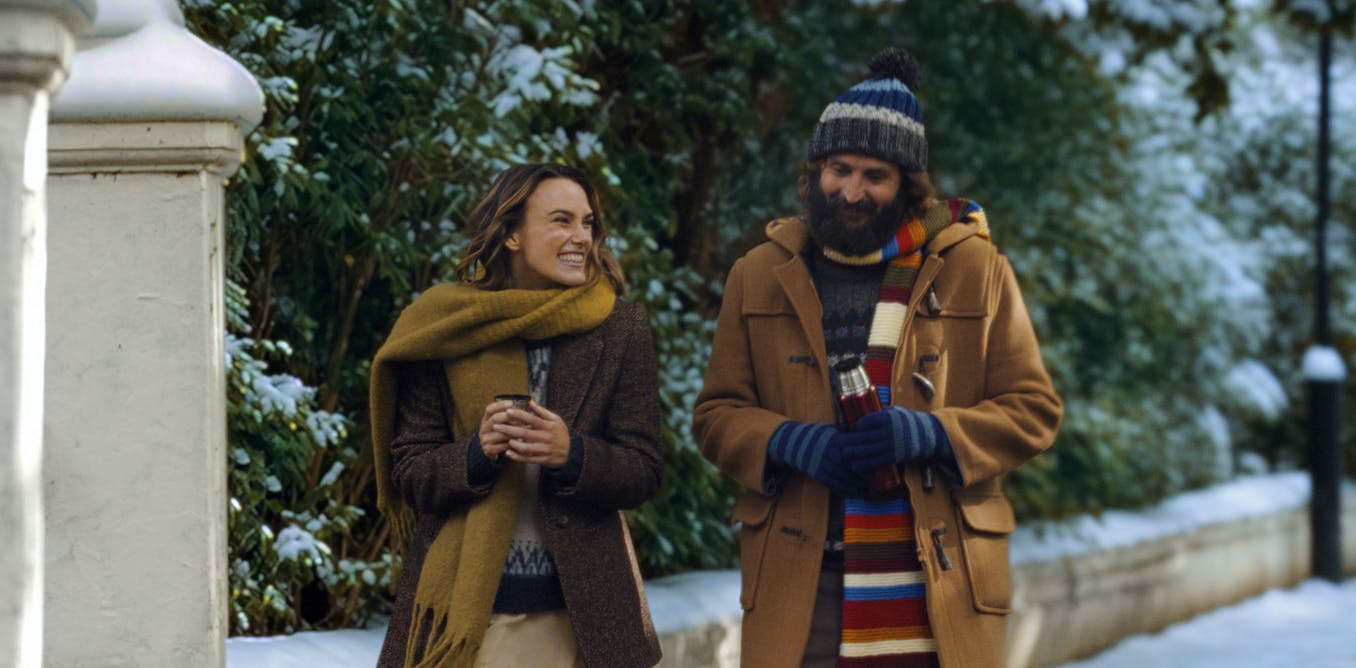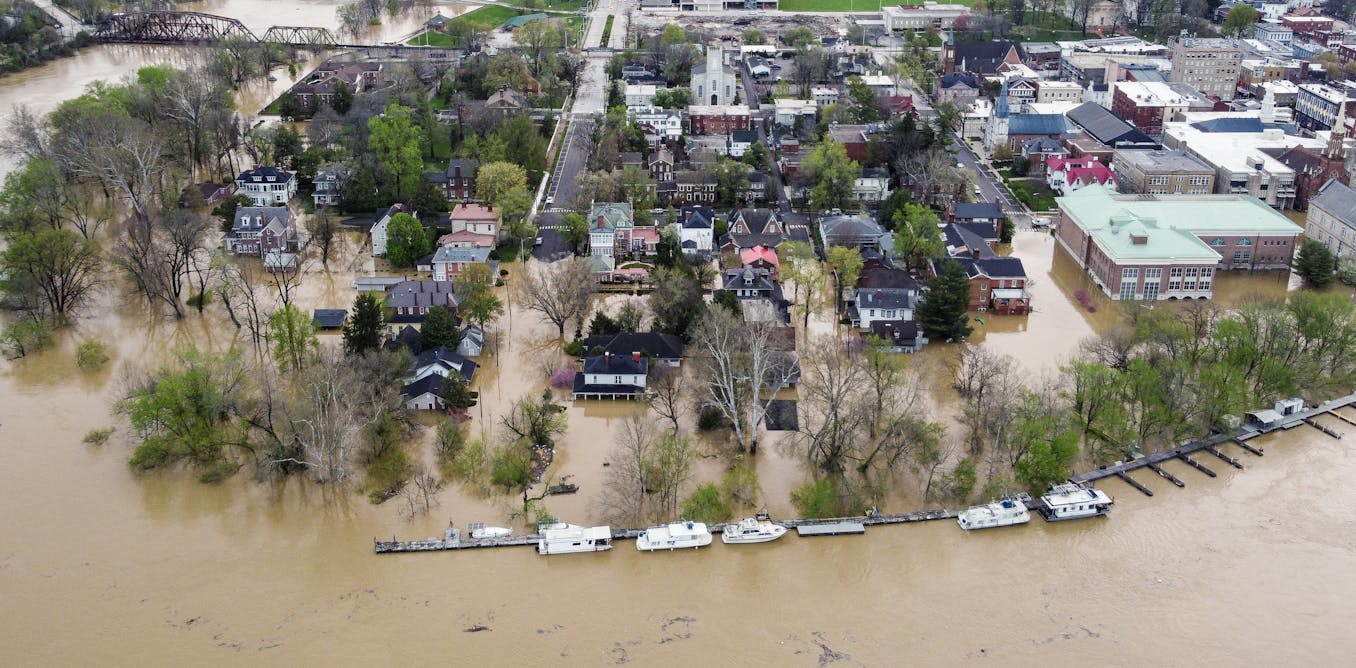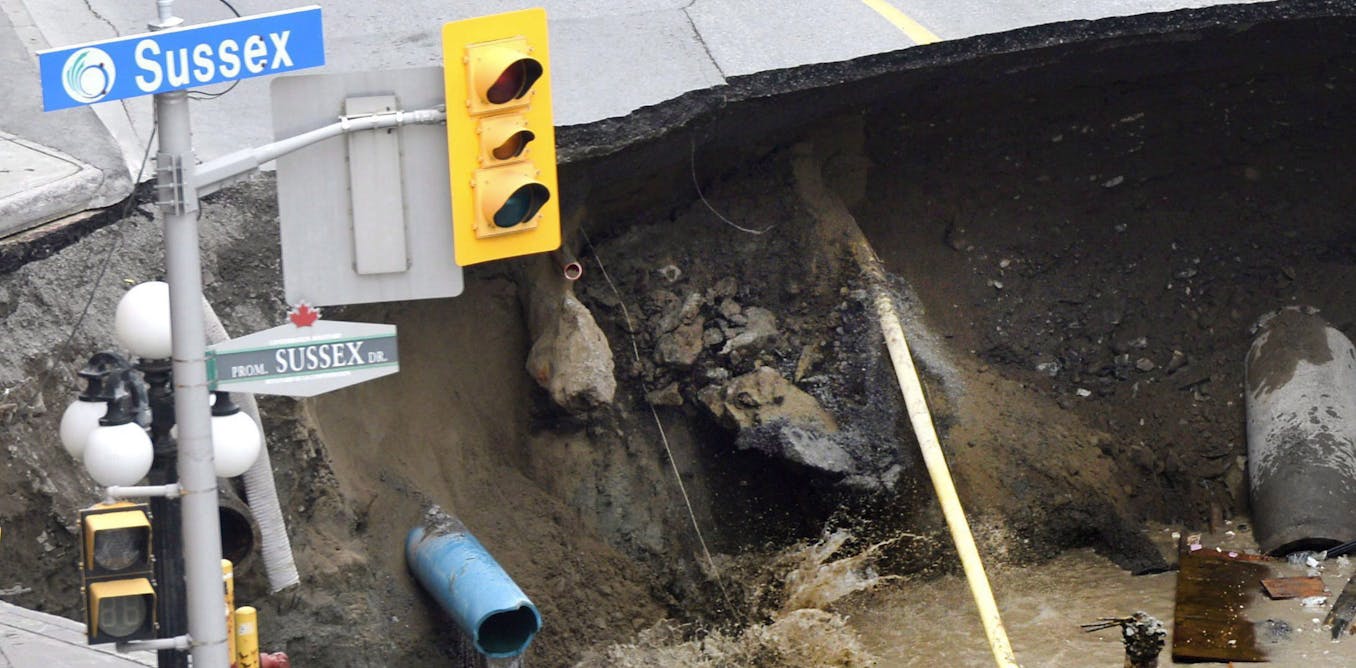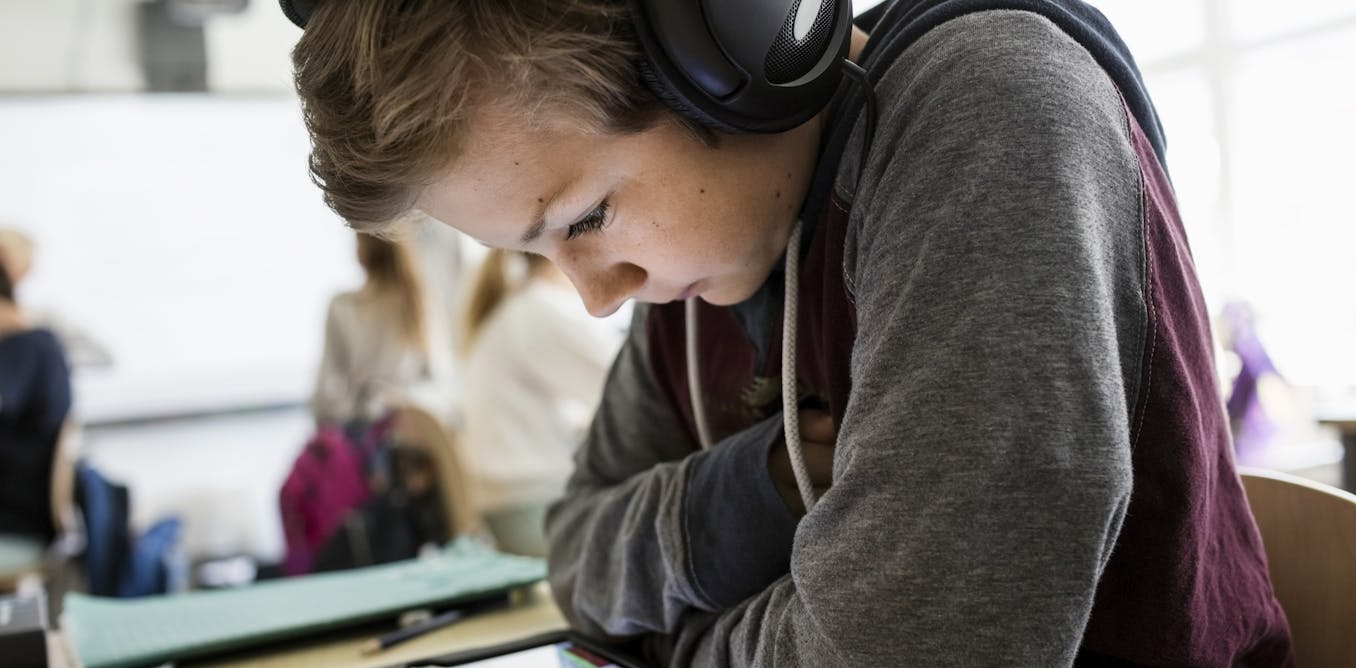NATO members are viewing Russia’s war of aggression against Ukraine with grave concern, especially those on the alliance’s eastern flank. They’re joining forces with German troops right on the Russian border.
Germany is the leading or “framework nation” in what is called the NATO Battle Group Lithuania. With its alliance partners, German forces are serving “on the front line” – right on the Russian border. They’re guarding NATO’s northeast flank against any possible incursion and ensuring the Baltic states are supported during times of crisis and, if necessary, conflict.
In the spring of 2023, Germany’s military is in Rukla and Pabrade, among other places, for maneuvers. There it is practicing with NATO partners from Croatia, the Czechia and the Netherlands to handle a Russian attack on the Baltic states. In full agreement with the NATO motto “train as you fight,” practice and training are closely-oriented to a genuine threat. The leader of the German contingent, Colonel Wolfgang Schmidt, points out the special historic significance and perceived peril in the Baltic. He says, “From historical experience, of course the perception of possible aggression – be it Russian or Belarusian – is far more intense here than in the Federal Republic of Germany.” He adds that not everyone has grasped the defense of “all that we stand for – modernity, freedom of opinion and speech and everything we describe as Western values begins here.” For a year, Schmidt says, the Ukraine has been fighting far more than their Russian attackers – they’re defending “our freedom,” too.
This report follows a major exercise called “Griffin Lightning.” A platoon commander with the Dutch Armed Forces emphasizes the importance of maneuvers and cooperation among the multinational forces. First Lieutenant Bent S. says, “We’re taking part in different exercises. Last week we were with the Norwegians. In a few weeks, the whole Battle Group will come together and we’ll train again with the Norwegians, Germans, Czechs and Croats. Nobody wants war, but if it really comes to it, we’ll be ready.”
This documentary provides an exclusive look at NATO maneuvers in Lithuania, which are unfolding closer than ever before to a genuine military threat.
#documentary #dwdocumentary #nato
______
DW Documentary (English): https://www.youtube.com/dwdocumentary
DW Documental (Spanish): https://www.youtube.com/dwdocumental
DW Documentary وثائقية دي دبليو (Arabic): https://www.youtube.com/dwdocarabia
DW Doku (German): https://www.youtube.com/dwdoku
DW Documentary हिन्दी (Hindi): https://www.youtube.com/dwdochindi
Since the annexation of Crimea in 2014 and Russia’s war in Ukraine, Western officials have made it clear that not one inch of NATO territory will be ceded. Lithuania is hosting a multinational Battle Group led by Germany – which has taken on more regional and collective defense responsibilities in northeastern Europe since 2016.
We should look at the current situation in Germany as a human being, a citizen in uniform and as a soldier. Russia’s war on Ukraine has caused Europe and Germany to dramatically reappraise their stance on defense and security. As a citizen in uniform, I’m glad that the need for a strong armed forces
And security for Germany is now a topic of public debate, and that there’s political consensus on this. We need to make the resources available to support this. As a soldier, of course I insist that the men and women under my command are provided with the best possible equipment.” The mission is nothing less
Than the defense of domestic and allied security. In addition to the troops deployed to the NATO Battle Group, Germany is sending some 200 armored vehicles, combat equipment, and transport and supply vehicles that can accommodate hundreds of soldiers, from northern Germany to the Baltic region.
We actually started planning this entire thing several months ago. The last time we were in Lithuania, we began planning this exercise that’s taking place now. As soon as there’s a rough idea of what will be done where and by which forces, I start looking at the maintenance side to see how
I can supply the necessary vehicles from the battalion.” The Boxer is a multirole armored fighting vehicle. Getting these tanks from Germany to Lithuania by road is no easy task. Moving a military convoy through Poland and Lithuania while minimizing any disruption to road traffic and the local community requires careful planning
And preparation that goes far beyond ordinary logistics. In the 413 Infantry Battalion we have just over 100 vehicles and several hundred soldiers that are being deployed from our side. The mammoth-sized Boxers will travel 1200 kilometers from northern Germany to Lithuania by road in a convoy.
So they’ll have to maintain the same speed the entire time – and the same distance to the tank in front. In the military, you always need speed and precision – because troops have to be at the right place at the right time to carry out the assigned mission.
The 413 Light Infantry Battalion is now on the road, grouped into sections of no more than 25 vehicles. NATO registered every Boxer, truck and off-road vehicle with the Polish and Lithuanian authorities. That’s also part of the training exercise, even during peacetime on intact roadways. Over in the Lithuanian port city of Klaipeda,
Another part of the 413 Light Infantry Battalion is arriving via the Baltic Sea. Yesterday evening, the vehicles left Kiel in Northern Germany by ferry. A day later, at six p.m., they reach Lithuania. This large-scale relocation of vehicles is part of the NATO Griffin Lightning exercise.
In the event of a crisis, the German military – the Bundeswehr – – would send troops to the Baltic region along the same routes: by boat across the Baltic Sea, and by road across Poland. Parked tightly on three decks, wheeled and tracked AFVs, trucks, armored vehicle-launched bridges,
Emergency and off-road vehicles all wait to disembark. With little room to maneuver, they need to be driven or towed off the ferry as quickly and smoothly as possible. Specialists are on hand to guide the process. For NATO’s multi-national forces, coordinating the various weapon and transport systems is a logistical challenge.
For us in logistics this is business as usual. But the combat units of our brigade don’t do this every day, so this is an important exercise for them: traveling across various places to get to Lithuania, with various modes of transport. The convoy begins its journey along Lithuania’s roads under the cover of darkness.
The scheduled arrival time at the training ground in Rukla is early morning. A few hours after that they’ll reach the tank firing range in Pabrade. If NATO’s northeastern flank were to come under threat, a speedy deployment could make all the difference. Poland and the Baltic States border on Russia,
So this region is where the parties to a potential conflict would face off. A Russian T-72 battle tank – destroyed by the Ukrainian army. It was brought here by Lithuania’s government and put on display in front of Cathedral Square in the capital Vilnius. Its message to the population: ‘Together until victory.’
People come day and night to view the burnt-out tank, which is intended to show that Russia is not invincible, and that even Russian tanks can be defeated. The text on the board reads: ‘The battle for our freedom lives on in our hearts and gives us the strength to stand resolutely with Ukraine.’
There’s also a call for donations. Memories of Soviet rule are still alive here, and many in Lithuania go out of their way to show solidarity with Ukraine. Because of the history here, the way people feel about possible aggressive actions – either from Russia or from Belarus –
Is probably more intense than in Germany. You notice that in day-to-day interactions – both with the general public, and with our Lithuanian military counterparts. German Marder infantry fighting vehicles or IFVs are at the firing range in Pabrade. The German crews are training with Lithuanian Iron Wolf Brigade units.
Both are under NATO command and are training as a joint combat unit to defend NATO territory. We are so glad and happy that Germany since 2016 has deployed armored units in battle times with IFVs, which we didn’t have until now. And there are recon units,
Which also have huge added value also in case of war. Marder IFVs support Leopard tanks in battle. They transport infantry units to the front. They’ve taken up position and are training in stationary combat techniques. A First Lieutenant from Germany leads the armored infantry platoon Bravo One.
Her combat unit is using the terrain tactically and practicing target acquisition under live fire. We have two positions with two infantry fighting vehicles in place. We’re verifying and improving the point of impact, to train knowing exactly where our tank gun is shooting. Depending on the ammunition,
Marder IFVs can hit targets up to a range of 800 meters. It’s hard work and a lot of responsibility. But is it more difficult for women? Personally, I haven’t faced any challenges because I’m a woman and all the people in my platoon are men. No, none so far.”
Competence, reliability and collaboration – these are the attributes that matter in a multinational deployment. Especially here during the exercises, we have a clear goal and the shared mindset that the enemy could attack! The Griffin Lightning exercise assumes an enemy attack from the East, which is countered by the NATO multinational alliance.
At the very end of the day, democracy, our Western values, everything we stand for: modernity, freedom of thought, freedom of speech, and everything we call Western values – defending that starts here. In short, defending our way of life – that realization may not have reached everyone yet, but that’s what this is about.”
In the wake of Russia’s invasion of Ukraine, many European countries were reminded that the military remains an important bulwark of national and allied security. The young European soldiers here are convinced they’re training together to defend freedom and democracy – by force of arms if need be. Currently we have a platoon training day.
My platoon consists of 34 people. We have four vehicles, and we also fight with riflemen – so that’s our dismounted personnel, which is currently 21. The Dutch troops are conducting a defensive exercise, with camouflaged stationary tanks in the forest. It’s minus five degrees Celsius overnight but the troops hold their position.
We see each other in field training exercises. Last week we trained together with Norwegians. And in a couple of weeks the whole Battle Group comes together, and we train together with German colleagues, the Norwegians, but also the Czechs and the Croatians.
Our mission here is to prepare for battle together with our NATO allies, and support the colleagues at the East, in this case Lithuania. Our job is to delay an enemy from the East to give time to our colleagues in the West, the NATO colleagues,
To give them time to prepare for a bigger offense. An unusually frank summary of the four NATO Battle Groups’ mission. It’s part of NATO’s ‘tripwire’ doctrine – a policy of deterrence intended to keep an invader from marching onward into Western Europe. Not far from the Dutch position,
A Croatian mechanized infantry unit is also training, holed up in Rukla’s forest. In the event of war, the NATO partners would cooperate to implement jointly developed tactics – overcoming different languages, weapons systems and military backgrounds. We are here to show presence together with our NATO comrades to deter our enemy.
I am a 1st lieutenant, Maria. I am a platoon leader from 3rd battle company from Croatia. We are here as a part of 13 rotation in Lithuania. It was our vehicle from Croatia ‘Patria’. Today we were practicing defense. That was planned for all our company training.
Here you can see what we are doing when we start with our vehicle from the starting point. People are getting out from the vehicle, securing it first, and then they are moving to their battle position. On their battle position, they are preparing their position, they are digging ditches, connecting them,
Covering them with some things they can find all around, so that the enemy wouldn’t see us. What’s the best way to carry out a combat operation against an enemy hiding in a forest? Tactical errors could put many people in danger – or even cost lives. The platoon leader from Croatia maintains the overview.
The men in her unit have learned to trust her in the face of danger. At first it was the beginning, and it was hard for me because I’m a woman. But if you show that you are prepared, that you have the knowledge, then you can do everything, it’s easy.
Yeah, they trust. And that is something that I had to build. Like commander. I am putting myself first in everything. I always want to be an example for them. If I can do it, they can do it also. And that’s why I’m training so hard and always going first
So people can trust me and will follow me wherever I go. That’s my perspective and perception. That’s how I do. The soldiers from Croatia are convinced that they’re playing an important role in defending Lithuania and the NATO alliance. NATO and the Bundeswehr are also preparing for the threat posed by chemical, biological,
Radiological and nuclear weapons, also called CBRN weapons. Assessing and defending against this threat is the task of a specialized unit led by German and Czech forces. There’s also an important civilian aspect: a decontamination routine intended to prevent the spread of an animal disease. We’re the CBRN unit and we’re responsible
For the entire Battle Group in Lithuania. Together with the Czech detachment in the rotation, we’ll carry out the disinfection. It’s a multinational operation and also applies to all vehicles that will return to Germany. Coordinated measures like these are also part of a multinational military exercise.
Anything that goes off a paved road has to be disinfected. That includes all large vehicles, but also containers and personal equipment – right down to our boots. The reason is African swine fever, which is also quite present here in Lithuania. That’s why we have to carry out disinfections,
To prevent the spread of this virus. Back in the forest near Rukla. Shots suddenly echo through the underbrush. We’ll practice this almost daily these next few weeks. Armored infantry troops fight in the forest, so we practice here. Train as you fight” in other words. Time to call it quits for the day.
Any soldier would be well advised to think about what happens when the going gets tough. At that point it’s too late to ponder whether you do or don’t pull the trigger. You need to have gone through that thought process beforehand. It’s as simple as that! That scenario is all the more pressing here
On NATO’s northeastern flank. Lithuania’s armed forces are training alongside allied partners to prepare for a possible invasion. Memories of life behind the Iron Curtain are still alive and well here. Estonia, Latvia and Lithuania were all part of the Soviet Union and didn’t gain independence until the early 1990s.
Today they’re valued members of both the EU and NATO. They’re a linchpin of the ‘enhanced forward presence’ strategy and are prepared to defend their borders. As a Lithuanian, I am interested to have as much as possible. I would say I would welcome even a division from Germany.
We always welcome more troops from our allies, and we have put in a huge effort to provide proper training conditions as a host nation. Putin’s war of aggression in Ukraine has put security concerns, front and center in the Baltic states. Germany has a huge reputation in NATO’s northeastern flank.
And the fact that Germany made the Baltic region a clear priority means that it’s earned the respect of people in positions of responsibility as well as the general population. I’ve had conversations here on both these levels, and I can say that people here are glad that Germany
Is so determined to support NATO’s eastern flank and Lithuania. The Ghillie Dhu was a mythical creature popular to Scottish folklore. He was believed to wear moss, twigs and leaves as clothing so that he could vanish into his forest surroundings. The creature is said to be the namesake of the ghillie suit,
A form of camouflage worn first worn by Scottish gamekeepers. By the First World War, the ghillie suit had evolved into the camouflage worn by military snipers. Hidden by their ghillie suits, snipers remain motionless as they stare down their scopes at long range. They’re generally assigned to high-ranking enemy targets,
And sometimes spend days observing them. These are snipers, the sniper squad. Usually, it’s a group of four that can split into two teams of two. In this exercise the soldiers had to locate a target and terminate it. After a day or two, a sniper learns where a target moves,
How they walk, when they go out for smoke. Every observation is fed into the reconnaissance report. The people we look for aren’t new recruits. They’re soldiers who already have a certain level of experience. We generally look for soldiers who are even tempered, calm and disciplined, and physically fit.
They should be mature and good at working in a team – these are the basic attributes of a good sniper. After days of observation, a sniper can develop an almost personal relationship with their target. When the order comes to eliminate a target, pulling the trigger isn’t always easy.
Every soldier who joins the Bundeswehr has to confront that reality. They know what’s in store for them when they choose this profession – or what could be in store for them. So you do think about it, especially if you’re stationed in the East, but your mindset or your mission stays the same.
Snipers can effectively engage, disable or kill the enemy. But in wartime, they’re also targets themselves. The hunters are also the hunted, and killing a sniper might be rewarded with a bonus. The German-made Leopard 2 battle tank is nothing like the quiet, hidden snipers who operate in secret. After months of deliberation,
German officials finally decided to send a shipment of 18 Leopard 2 battle tanks to Ukraine. The high-tech Leopard 2 is fast and maneuverable. With additional composite armor on the hull and loaded with 1.4 tons of diesel and ammunition, the tank tops the scale at 60 to 70 tons.
Before the Ukraine war some countries believed such heavy tanks had become obsolete. Several states discontinued the Leopard 2 or sold them. But as Putin pressed forward in his war of aggression, rejecting calls for a ceasefire and peace in an independent Ukraine, the tide began to turn. Failing to supply Ukraine with weapons,
Funding and military expertise could also pose a threat to other Russian neighbors, such as the Republic of Moldova and Georgia. Both countries have been watching the war with concern, hoping that they would receive NATO’s support, if need be. Considering the perceived threat here in Lithuania, one area where we could certainly improve
Is explaining why we are here, and what role German resources will play – and not only military resources. And how will we implement this in the Baltic States. This unspeakable war Russia is waging against Ukraine, just 1,200 kilometers away from our German capital, demonstrates that we have to actively communicate
The necessity of armed forces for Germany! Putin had hoped the West would grow weary and disunited as the war wore on. But Europe is still presenting a united front – with each other, and with Ukraine: Our families they are- they know what we are doing.
We prepared them before we came here. So they know. It is what it is. No one wants war. But we are prepared if it does happen. I believe that we should stand up for our country, for Germany, democracy and the freedom that we have and are lucky to enjoy.
Ukraine isn’t part of the EU or a member of NATO. But both organizations stand united behind Ukraine. Here in Lithuania, the multinational NATO Battle Group is conducting the Griffin Lightening exercise to ensure that it can defend Europe’s northeastern flank – Poland and the Baltic states –
Should their massive neighbor to the East ever venture to attack.
Video “Crisis, conflict and war – How NATO is preparing to resist | DW Documentary” was uploaded on 05/28/2023 by DW Documentary Youtube channel.




































